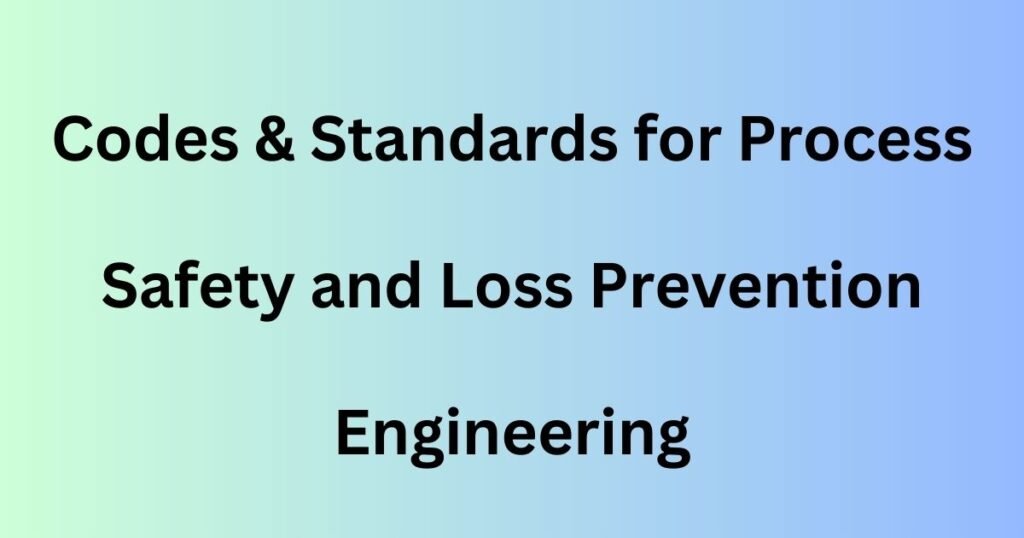What is Process Hazard Analysis (PHA)?
Process Hazard Analysis (PHA) is a systematic risk assessment technique used to identify potential hazards associated with chemical processes or operations. It is a critical element of the Process Safety Management (PSM) framework, particularly for high-risk industries like oil & gas, petrochemicals, and specialty chemicals.
Why PHA is Essential?
- Identifies process-related risks before incidents occur
- Prevents accidents, injuries, and asset losses
- Ensures compliance with regulations like OSHA PSM and CCPS guidelines
- Supports SIL determination, LOPA, and HAZOP studies
- Facilitates continuous improvement in process safety
👉 Related: 10 Golden Rules for Process Safety Management
Key Objectives of PHA
- Identify process deviations that can lead to hazardous events
- Evaluate the effectiveness of existing safeguards
- Recommend corrective or preventive actions
- Provide documentation for compliance audits and internal reviews
Common PHA Techniques
1. Hazard and Operability Study (HAZOP)
A structured, qualitative technique using guide words like “High,” “Low,” “No Flow” to analyze process deviations.
👉 Read next: HAZOP Study – Complete Guide with Example
2. What-If Analysis
A brainstorming method for identifying hazards using hypothetical questions.
E.g., “What if the pressure relief valve fails?”
3. Checklist Method
Uses standardized checklists of known hazards for process evaluation.
4. Failure Mode and Effects Analysis (FMEA)
Evaluates the effects of component-level failures on the overall system.
5. Fault Tree Analysis (FTA)
Top-down approach used to analyze how failures combine to cause an undesired event.
Regulatory Standards and Guidelines
- OSHA 29 CFR 1910.119 – PHA is a mandatory part of PSM
- CCPS Guidelines – Define methodologies and tools
- IEC 61511 – Ties PHA results to SIL requirements for SIFs
👉 Related: SIL Verification and Validation – Complete Methodology with Case Study
Step-by-Step Approach to Conducting a PHA
- Define scope and team members
- Gather process safety information (PSI)
- Select appropriate method (HAZOP, What-if, etc.)
- Identify hazards and deviations
- Assess consequences and safeguards
- Assign risk levels
- Recommend actions
- Document results
- Follow up and implement recommendations
Case Example – HAZOP on a Distillation Column
- Deviation: High Pressure
- Cause: Condenser failure
- Consequence: Column overpressure, relief valve release
- Safeguards: Pressure control loop, PSV
- Recommendation: Increase PSV reliability via regular proof testing
Best Practices for Effective PHA
- Involve cross-functional teams (engineering, operations, safety)
- Keep sessions focused with a skilled facilitator
- Use up-to-date P&IDs and process data
- Maintain a robust documentation and action tracking system
Conclusion
Process Hazard Analysis (PHA) is foundational to identifying, analyzing, and mitigating hazards in industrial processes. A proactive and structured approach to PHA improves plant reliability, reduces downtime, and ensures regulatory compliance.
👉 Explore next:


